P. Kyle McCarter (professor, William Foxwell Albright Chair in Biblical and Ancient Near Eastern Studies in the Department of Near Eastern Studies of the Johns Hopkins University), began his response to the 3 preceding lecturers in this session on a humorous note, saying that he originally thought he'd have equal time to respond to all three 25-minute papers, but arrived at the conference & found out that he was only given 25 minutes total!
His first rebuttal was to a quote David Carr had made about "the role of textual culture in creating imagined communities". He said that "in the hinterlands, Old Canaanite continued its development, but was influenced by Early Linear Phoenician ... the evidence is not speculative, but long understood."
Both McCarter & Carr lack the emotion & animation by others such as Sanders & Bruce Zuckerman (whom I'll be discussing later in my SBL series), but what I really enjoy about Prof. McCarter is his slow enunciation--he's very deliberate with each word, & unlike the vast majority of speakers at these conferences (many of whom raced through their papers like they couldn't care less whether anyone in attendance understood what they were saying), it's very easy to follow what he's saying, & it gives you time to think of its implications.
He listed 3 specific milestones in the development of alphabetic writing:
1) The "fixing of stance"; he said that the "South Arabian script emerged, but with a different stance".
2) The "reduction of Old Canaanite to 22 letters", still preserving a number of consonantal phonemes; e.g., Aramaic's 26 phonemes reduced to 22 linear signs.
3) The "modification of old signs"; their "evolution" giving rise to names such as Bet & Mem, & the "long-E glide sequence"; the "Phoenician shift for Yod"; & the "short-A became long-O".
Turning from Carr to Rollston, he commented on the Nora Stone, & said that Phoenician letters resist elongation. Citing the Dalet, Hey, Mem, & Tsade, he pointed out that elongated stems "didn't disappear until the late 8th & 7th centuries". He mentioned the "inland daughter scripts" of Phoenician, & said the "9th-century Aramaic Alef was noticeably elongated", & the 9th-century Hebrew forms of Hey show stem elongation.
Without a doubt, the most hilarious incident of the day (& I'm sure I was the only person in attendance who found it humorous; I had to exert great control to prevent myself from laughing aloud)--with all due respect to Prof. McCarter--was when he was ending one sentence, & attempted to begin the next: "...Hebrew national script. I'm attempting here..." He paused momentarily looking back down at his papers, appearing somewhat confused, & then stated, "I'm attempting here to find my place..." Then he found it, & continued: "I'm attempting here to differentiate from Chris Rollston..." (Of course, we'll never know if my reference to the kosher hot dog company contributed to his harmless stumble, but he did mention to me privately after the session that he had received my publicity E-mails announcing my Zayit Inscriptions web page...)
In my review of Ron Tappy's opening presentation, I highlighted a quote about Beirut; i.e., that if the inscribed-abecedary stone had appeared on the antiquities market, everyone would assume it had been found in a coastal Phoenician town. Several times during the course of his lecture, Prof. McCarter emphasized a distinction between coastal Phoenicia & the "the hinterlands" (a phrase I had not heard before; i.e., regions farther inland such as the Judean Shephelah & Hill Country). He said, "Zayit is not a coastal" town, & in polar-opposite to the earlier quote by someone else, "if we did find [the inscribed-abecedary stone] in Beirut, we'd assume it was shipped there from the hinterlands!"
To support his claim, he noted its "archaic appearance" & the scribe's "tendency to elongate" letter stems. In particular, he cited 4 "archaisms":
1) Gimel: "large, right-angled, lacking in counter-clockwise rotation"
2) Vav: "extraordinarily archaic compared to the Gezer [Calendar's]; like the earliest Byblian [specimens]"
3) Lamed: "tightly curled"
4) Nun: "tightly coiled (in contrast to Mem); closer to the arrowhead [specimens]"
Furthermore, the Zayit Stone, "as we'd expect, preserves survivals from the Old Canaanite development", & he cited 6 such letters:
1) Alef: its "stem is short compared to the Gezer, but larger than the Byblian"
2) Bet: its "head is larger than usual--a sign of independent development"
3) Hey
4) Zayin: it "doesn't fit [into any] categories; a symmetrical & broad Proto-Hebrew form"
5) Kaf
6) Mem
The Q&A session began abruptly with Aren Maeir opining in no uncertain terms that "people are putting more into this than there is ... [the stone] wasn't found in a primary context ... [maybe there was a] public building in Jerusalem, but there was no epigraphy in the 9th century ... [you're] discussing this compared to the undated Gezer Calendar ... & the Izbet Sartah [inscription was] not found in a good context ... I feel very uncomfortable."
Having seen the same thing happen a few hours earlier by Lawrence Stager at the beginning of Maeir's Q&A, I found this somewhat shocking (though not nearly as shocking as the reaction by Bunimovitz to the Kiafa paper).
Christopher Rollston responded by simply countering him with the assertion that the "Byblian anchors are pretty good", but Maeir again retorted, "You're trying to pigeon-hole things ... at Gath/Safi [we found] Proto-Canaanite letters ... if [a letter] is [written] a certain way, why [does that imply] a certain time? ... [Is an] inscription earlier than a bowl [it's written upon]?"
David Carr asked a question, or made a point that "evidence suggests X, but lack of evidence suggests..." Sorry, I didn't have time to write it down; had I anticipated these situations, I would've brushed up on my speed writing, which I had practiced back in 1985.
Seth Sanders also asked a question or made a rhetorical point stating that even though we don't have a complete picture of ancient Biblical times, "it's still worthwhile trying to write" about it. Sort of like my notes--even though I wasn't able to transcribe everything that I saw & heard at the ASOR conference, I believe it was nonetheless worthwhile to rescue fragments of it. Sort of like my antiquities collection...
After the session concluded, I re-introduced myself to Prof. McCarter (I didn't expect him to remember me after an insignificant encounter 5 years earlier). I showed him a printout of my Zayit-Stone drawing, pointing to the first 5 letters, & asked him specifically what was his basis for determining the relative positioning of the Gimel, thereby leading him to draw it without any CCW rotation (note that my rendition gives it a slight CW rotation). He replied that the 2-dimensional photo published in BASOR 344 is a little misleading because the actual surface of the stone gives the inscription a curvature that has to be taken into account. (Note that I'll revisit this point with Marilyn Lundberg at SBL later in this series.) Furthermore, he said the typical CCW rotation is fairly obvious--he motioned over my drawing & said he wouldn't write on it--I encouraged him to (because I had other copies), but he still didn't, so I drew a line tracing the type of angle he had motioned. If you look again at my Gimel drawing, the CCW line he drew essentially connects the left-end of the top stroke with the bottom of the vertical stroke:
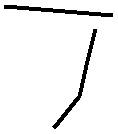
The second point I discussed with him was my elongation of the main Lamed stroke vs. his omission of it at the point where the Kaf intersects it. He said he couldn't see any evidence of this when examining the stone, but didn't rule out the possibility that it could be there. I said that I would provide cropped photos with my drawing overlaid to support my rendition of it, so here they are (for complete references, see the Sources section on my Zayit page):
Fig. 16--his drawing overlaid on Fig. 15--notice the distinct gap between the top stroke of his Lamed & the Kaf:
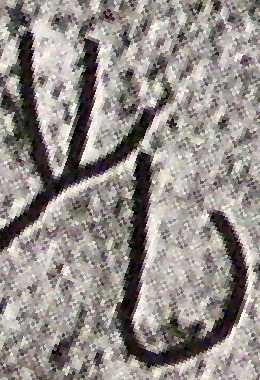
Fig. 15 sans drawings--it focuses on the entire abecedary:
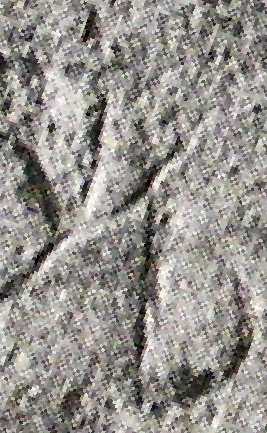
Fig. 15 with my own highlighting in green showing what I believe is the Kaf intersecting a longer, less-archaic version of the Lamed:
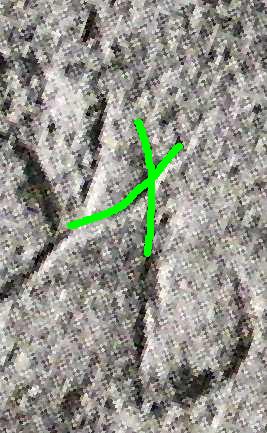
Fig. 14--it focuses on the entire stone:
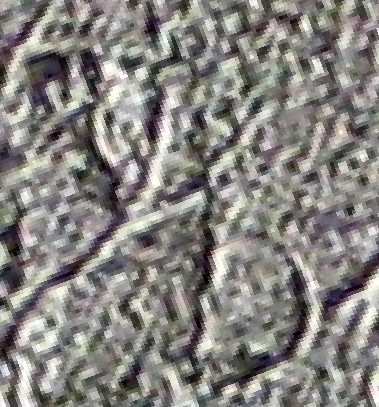
Fig. 14 with my drawing of the intersection:
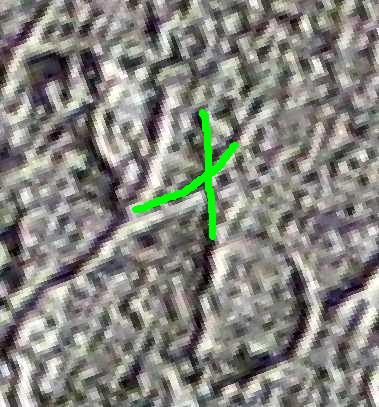
Fig. 21--it focuses on the letters to the right of the Lamed:
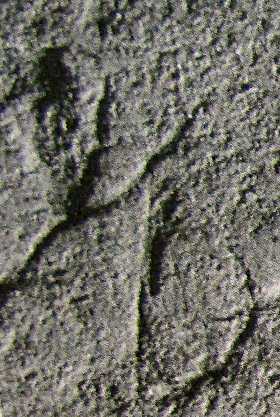
Admittedly, I don't see the intersection in this photo, but guess what? Here's the Tet in the same photo--do you see any evidence for the bottom half of its outer circle? Let there be light, but not too much!:
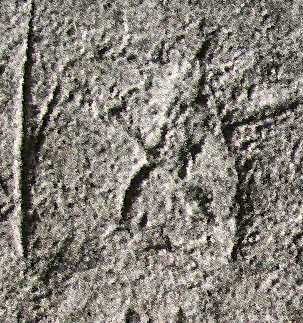
Fig. 22--it focuses on the letters to the left of the Lamed:
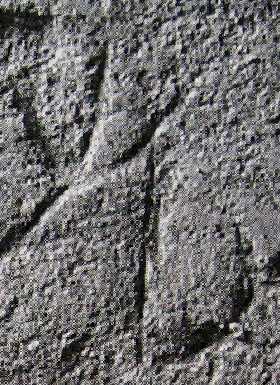
Fig. 22 with my drawing of the intersection:
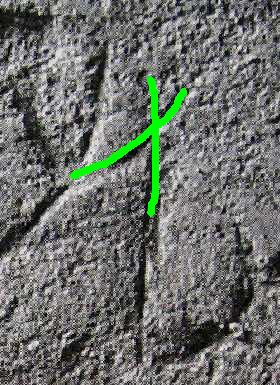
Finally, the importance of having photos with alternate lighting comes into play; here's the photo that accompanied the Associated Press' article showing Prof. McCarter with a photo in the background just barely including the Lamed--this one shows the intersection so clearly that I don't even need to draw it:
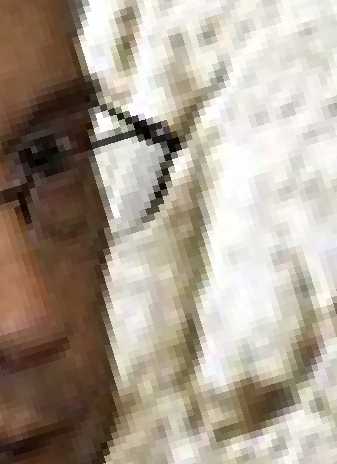
He wanted to make me aware that there are several variations of limestone, & the Zayit artifact is of the hardest kind. This made it very difficult to confirm the level of detail I was seeking. I asked if it was likely that other inscriptions could be found under the incrustation, also revealing more of the unclear areas of the abecedary; & also asked him the difference between the incrustation & patina typically found on artifacts. He said he didn't think other inscriptions would be found, or would be very difficult to find because the incrusation was not a surface application such as patina, but rather a growth out of the rock that "could have been growing for millions of years." I wasn't expecting this, so I paused momentarily (desperately fighting a smile), then asked, "But didn't the scribe prepare the surface for writing? Wouldn't they have removed the incrustation? And wasn't there room for them to write their abecedary on areas of the stone without this ["millions of years'" worth of] incrustation?" He said, "Well, you have a point."
Somewhere during the course of this impromptu discussion, I can't remember if I asked him or Prof. Tappy (who was standing nearby packing up his computer) or both (probably both) about why Bruce Zuckerman (who had done the official photographing of the stone) was absent this evening--surprising since he lives/works in L.A. He (or they) said they were surprised he wasn't there too, & didn't know if he'd be at the conference at all. But I informed them that he was scheduled to present a paper at SBL Saturday evening, & that I was planning to attend. I mentioned the photos he had shown of the other inscriptions at the lecture I had attended 2 years earlier, & asked Prof. McCarter what he thought about them, & if he was planning to write about them. He replied simply that he didn't see any evidence for any other inscriptions. This really surprised me because the "OZR" published in BASOR 344, one of two presented by Prof. Zuckerman, seems apparent to me. Prof. McCarter said that there may be something there, but he just couldn't see it as an inscription.
I also spoke briefly with Prof. Tappy, & congratulated him on the spectacular find, & his work at the site in general. I told him I was very much looking forward to seeing the LMLK handles from the site published, & asked if he had any definitive plans for where/when they'd be presented. He basically said the same thing Gabriel Barkay had told me a couple of years earlier, namely that he'd be publishing them, but there was still no firm date.
Before parting, I enquired about Nancy Lapp, mentioning that I regretted not being able to meet her when I had visited the Kelso Bible Lands Museum (which he curates), & he made a very nice comment essentially inviting me back.
I very much look forward that occasion! It was a great way to end a great day!
G.M. Grena

No comments:
Post a Comment